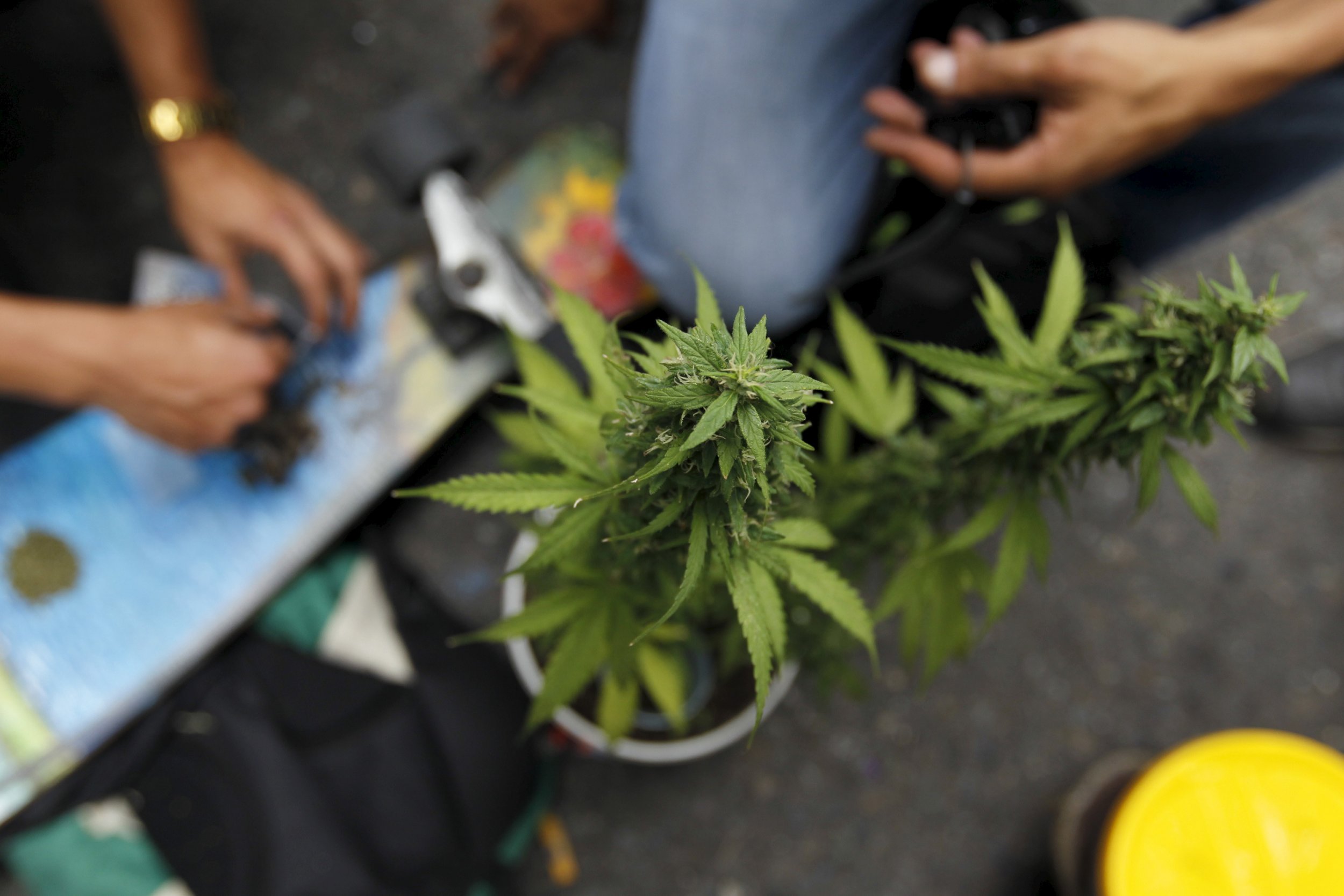
Criminals, beware: That pollen on your jacket could place you at the crime scene. While far less well-known than fingerprints, handwriting and ballistics, forensic botany has been a part of crime fighting since 1935. In a New Jersey court that year, Arthur Koehler of the U.S. Forest Service, an expert in wood anatomy and identification, gave expert testimony that brought justice for the famous parents of the Lindbergh baby. Koehler testified that part of the wooden ladder used to abduct 20-month-old Charles from a second-story bedroom matched wood from a floorboard in Bruno Richard Hauptmann's attic—evidence that led to the defendant's conviction and eventual sentence of death by electrocution.
Although the admission of Koehler's testimony in trial was hotly debated, since then the use of plant remains has come to be widely accepted as reliable scientific evidence within the criminal justice system. Now a research team led by David Gangitano of Sam Houston State University's Department of Forensic Science has discovered new applications for forensic botany. One study, published in the International Journal of Legal Medicine on February 29, shows the potential of marijuana DNA to help solve related drug trafficking offenses, and another shows how pollen DNA can aid forensic investigations.
Now that marijuana is legal for medical use in 23 states and for recreational use in four others, law enforcement faces the unique challenge of blocking its entry to the states where it is still illegal. The tools currently available to law enforcement for identifying marijuana are sufficient to prosecute those in possession of the drug, but they won't help police trace the plants back to where and who they came from. The Sam Houston research team used a method of DNA analysis that they believe could help law enforcement identify marijuana in cases where it enters the U.S. illegally and even link separate cases of marijuana trafficking to a single distributor.
For their study, the researchers collected 199 samples of Cannabis sativa from 11 previously processed cases at the U.S. Customs and Border Protection's Southwest Regional Science Center. They dissected the marijuana plants into small pieces before treating them with liquid nitrogen in order to extract DNA from the samples. The DNA was studied for 13 genetic markers to identify whether the samples could be linked to any other plant species or genus. The study found no clear link between the marijuana plants and any other plant species. Case-by-case comparisons showed four groups of sample plants to be genetically associated and a subset of 97 samples to be homogenous.
"The use of a DNA-based method for identification will allow federal law enforcement agencies such as U.S. Customs and Border Protection and Drug Enforcement Administration to form links between cases involving the cross-border trafficking of cannabis," says Gangitano.
A separate study by the same research team shows pine pollen is a reliable source of forensic DNA evidence. Forensic experts value what small trace particles on clothing can tell them about a crime scene. While many previous studies have analyzed these traces of potential evidence, few focused on pollen grains. The recent Sam Houston State study found that pollen remained viable for DNA testing for at least 14 days on clothing made of cotton—meaning pollen grains could potentially be used to link a perpetrator or victim to a crime scene.
For the study, pollen was collected from buds of male cones of Pinus echinata trees in Huntsville, Texas, during spring, then applied to cotton swatches on day zero. Five volunteers wore jackets with these swatches for 14 days. (They wore the jackets indoors only so the swatches would not be contaminated by other pollen. ) Samples were collected from the swatched on days zero, three, six, nine and 14. Using a vacuum, the researchers gathered grains from the swatches and transferred them to slides; though the pollen did decay over time, the scientists were able to gather at least 10 single grains per swatch, even on day 14.
Those 250 pollen grains (10 per swatch, five swatches per day, collected on five days) were analyzed for DNA extraction viability. The study concluded that despite the drop in pollen grains adhering to the cotton swatches over two weeks, the pollen DNA was found to be stable over that time. Although this study was restricted to pollen from a single species of pine on cotton, Gangitano says he thinks it has broader application, possibly in forensic cases where pollen grains from other types of plants such as herb are transferred to a suspect or victim's clothes.
Uncommon Knowledge
Newsweek is committed to challenging conventional wisdom and finding connections in the search for common ground.
Newsweek is committed to challenging conventional wisdom and finding connections in the search for common ground.





